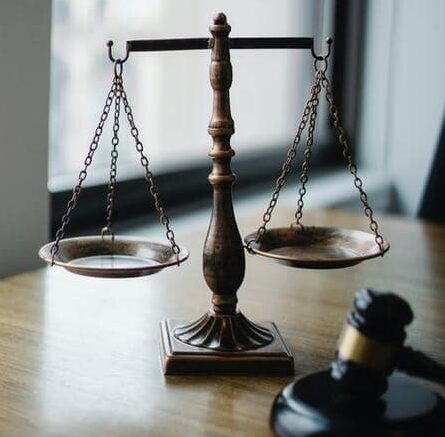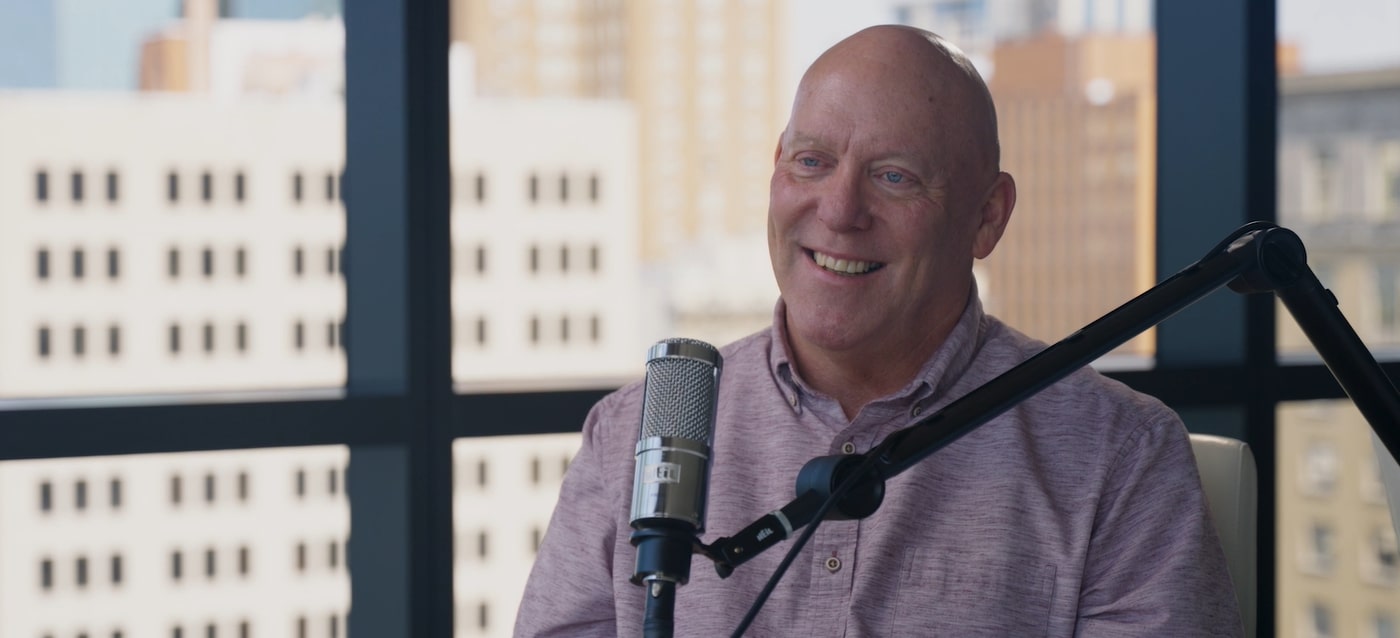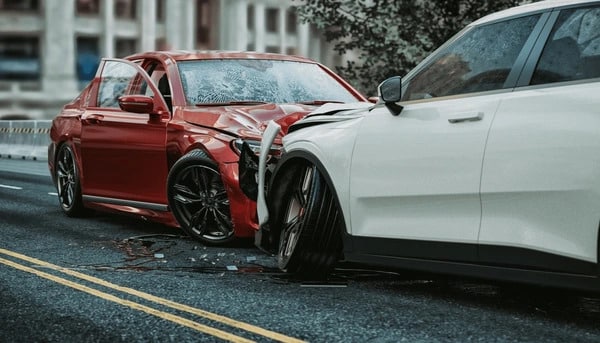Could you navigate or work in a large warehouse or office without proper lighting? If your answer is yes, there’s no doubt that doing so would be difficult and unsafe.
Improper lighting in the workplace can lead to serious injury and damage to products. As a manager or building owner, it’s your duty to ensure your workplace has the proper lighting. Finding quality lights isn’t difficult with the many types of industrial lighting available today.
Besides keeping workers and customers safe, industrial lighting is extremely durable. Some workplaces require long-lasting lighting that lasts through changing climates. Other workplaces need lighting that’s as close to natural lighting as possible.
Does your warehouse need new industrial lightning? There are several reliable lighting options to fit your business needs in any industry. Learn how you can find the right industrial lighting for your workplace.
1. Full-Spectrum Lighting
Full-spectrum lighting is a common type of industrial lighting that replicates the look of natural lighting from the sun. This type of light is most common in offices, studios, gardens, and aquariums of all sizes.
There are 2 main benefits of full-spectrum lighting. People will use this light as a form of during the dreary winter months. Plants can also benefit from full-spectrum lighting to help with photosynthesis.
The second has to do with full-spectrum lighting consisting of even amounts of spectral colors from violet to red. This even spectrum allows all colors to appear bright and rich. A fluorescent light, which has less red spectra, will leave red colors looking dull,
Full-spectrum industrial lighting can come in a variety of bulb sizes. You can find small bulbs to fit lamps or strip lighting for the ceiling.
2. Incandescent Lighting
Incandescent lighting is one of the most common types of industrial lighting found in workplaces. Incandescent lights are traditional bulbs that use an electrical current to heat a narrow metal filament inside the bulb. The filament will illuminate lighting the bulb.
Incandescent lighting is an inexpensive lighting solution. You can find these lights in almost any work environment, generally as a supplemental or decorative light. They’re versatile for indoor and outdoor use.
These lights aren’t as powerful as most other industrial lighting types. They also only have a lifespan of 500-1,000 hours. They do make a good choice for anyone looking to add extra light to a work area without spending too much money.
3. Halogen Lighting
Halogen lights are the best type of industrial lighting for floodlighting. They are a bright white light with a powerful beam. These lights are extremely versatile as the beam can focus on one spot or flood a large area.
Halogen lights use a wire filament encased in a quartz tube with pressurized halogen gas. This gas reacts with the filament as electricity runs through the filament. They have a lifespan of about 3,000-5,000 hours.
You can use halogen lights as reflective spotlights, floods, mini-can bulbs, double-ended quartz, parabolic aluminized spots, and more.
4. Fluorescent Lighting
Fluorescent lights are the most durable and reliable industrial lighting types on this list. They’re also energy efficient using about 1/5 of the wattage of an incandescent bulb. They have a lifespan of 12,000 to 24,000 hours and offer plenty of bright cool light.
Fluorescent lights use an electrical arc to pass through an inert gas. This causes the gas to illuminate offering bright white light. Tases lights can come in large tubes or compact bulbs for a variety of uses.
5. High-Intensity Discharge (HID) Lighting
As you might guess from the name, HID lights emit a powerful beam of light. They’re perfect for floodlighting in stadiums, parking garages, warehouses, retail stores, and outdoor use.
HID bulbs have a complicated setup. In simple terms, they work by sending an electrical through a small arc tube surrounded by pressurized gas. Depending on the type of bulb, the gas is mercury, metal halide, or pressure sodium.
These lights last for around 20,000 hours but depreciate and start turning green, pink, or purple after 10,000 hours. They also take several minutes to reach peak brightness.
6. LED Lighting
LED or light-emitting diode is an efficient industrial lighting type that’s growing in popularity. They are eco-friendly by using little energy and have a lifespan of up to 100,000 hours. LED lights offer plenty of light but without any toxic gases or chemicals.
LED lights pass electricity through a microchip which illuminates the small LED light source. Like most lights on this list, LED lights are versatile and can come in many sizes and levels of brightness.
You can use LED lights safely both indoors and outdoors. They also can emit a wide range of light making them great for decorative use, photography and for industrial lighting.
Here’s more industrial lighting information regarding LED lights.
7. Specialty Lighting in Hazardous Workplaces
Do you work in a potentially dangerous workplace? This could be a nuclear power plant, underwater use, or mining? If yes, you need a durable type of industrial lighting for dangerous areas.
Enhanced fluorescent lights are the most common type of industrial lighting in a potentially dangerous area. There are, however, a few changes made to ensure the safety and durability of these lights.
Many lights will have a wire cage surrounding the bulb. This protects them from any debris that may shoot out and break the light bulb. Others will have additional coverings for explosion proofing or use underwater.
Look for lights specifically designed for your work area. Make sure they are durable, long-lasting, and require little maintenance.
Pick the Best Types of Industrial Lighting for Your Business
The different types of industrial lighting available can make selecting the right lighting a confusing process. There are great lighting options for any workplace whether you’re working in the wild outdoors or in a refined office space. Learning about the benefits and uses of different lighting will help you pick the perfect lighting to fit your needs.
Want to keep your business running smoothly? Check out our latest articles to learn more about optimizing your business.




